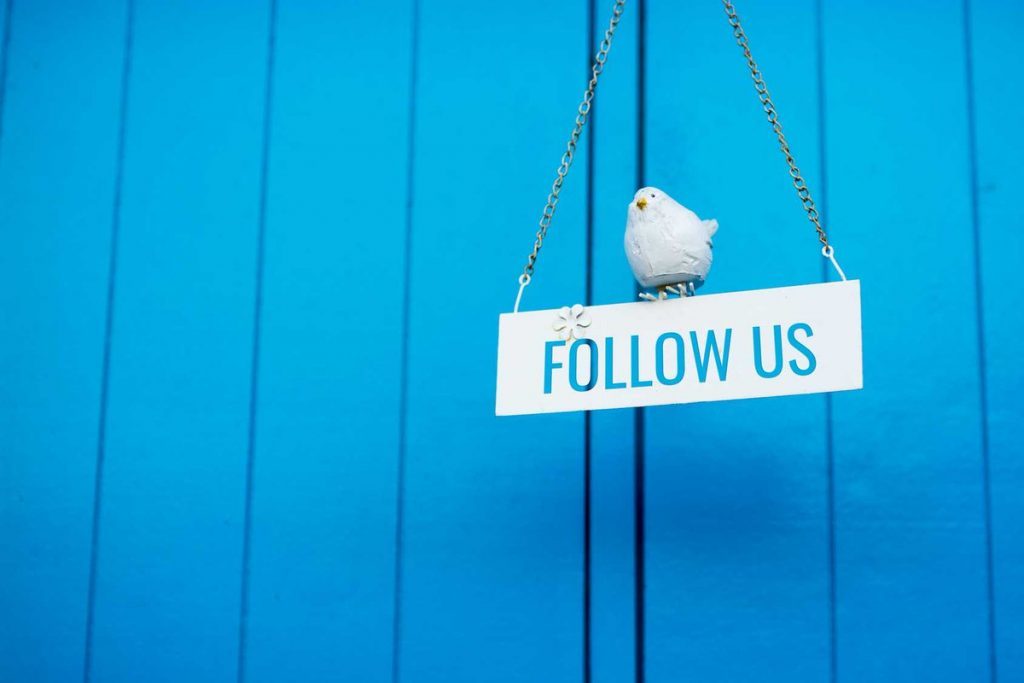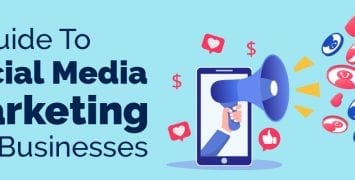First off, this guide uses more than 140 characters, but I’ll still make it brief
Facebook ads and Google ads are popular marketing buys. But Twitter often lags far behind in the minds of most SEO pros. Why is that?
Twitter has a smaller advertising base, and using Twitter ads effectively can have a bit of a learning curve.
But Twitter is a great way to reach multiple smaller target audiences. Using Twitter is pretty simple (and inexpensive), too! Here’s what to do:

Set a Goal
The clearer you define your goals, the easier you’ll achieve them. Most brands focus on some variation of increasing conversions. Another popular goal for Twitter ads is to increase brand awareness.
Choose one primary goal. Aiming for too many targets usually results in nothing but missed shots.
You’ll want to establish clear metrics regarding your goal. This will be hard data you can look at later and say, “These ads were successful and these weren’t.”
Develop Buyer Persona
I’ve covered this a greater deal here, but the basics are really straightforward. A Buyer Persona is simply a general example of an idealized customer of your brand. You can have more than one Buyer Persona to represent various groups of customers.
Each Buyer Persona for a Twitter Ad should include:
- Age, Gender, Location
- Interests, hobbies
- Who they follow on Twitter
- Who follows them on Twitter
Write for Twitter
With its short length and informal style, writing Tweets can seem easier than it really is. You want to craft Tweets which both acknowledge the culture of Twitter and also promote your brand effectively.
Be direct and on message. Limit your tweets to basically one idea each. In some cases, you can have a multipart tweet, but those shouldn’t be a regular occurrence.
Keep your tweets short. Twitter’s analysis shows that the most effective Tweets contain between 40 and 60 characters.

Follow Other Accounts
The more accounts you follow, the more account which will follow you. But avoid just the following everybody. This will lead to a lot of spam and clutter in your feed. Plus, it looks unprofessional.
Follow people directly related to your brand industry. Retweet and Favorite content you like, too. Content producers will notice and appreciate the positive feedback.
Also, be sure and take a look at who the influencers in your industry follow. This won’t always be work-related. You can really gain an understanding of their interests, hobbies, and personality.
This information is great for creating a Customer Profile. A Customer Profile is a fictional biography of your ideal customer. Your Customer Profile should contain a gender, age range, location, interests, and influences.
Most brands don’t have one type of customer. You’ll likely want to create a few different customer profiles. Experts recommend creating between three and five.
Creating an Account
Alright, so you know who you want to target and how to craft Tweets that will get their attention. Now it’s time to get started.
If you haven’t already, sign up for Twitter here. From there, click on “Create a New Campaign.” You’ll give the campaign and name and enter a URL.
You’ll see the option to select the “Twitter Audience Platform.” This where you can promote your ad not just on Twitter, but on some other associated platforms. Most people will want to leave this box unchecked because you’re not likely to get very many qualified leads.
Next, you’ll Select Your Audience. Using your primary Customer Profile for the first one. Enter a location, gender, and other relevant information.
Now you set up more detailed targeting information. There are a few different ways you can target Twitter users:
- Keywords, such as what users are searching for, tweeting or using as a hashtag
- Twitter Accounts or “Add Followers.” This connects you to users who opted in to receive advertisements.
- Tailored Audiences. There is an audience you’ve already connected with, and want to advertise to without using a direct message.
- TV Targeting. This option, unique to Twitter, allows you to target fans of specific TV shows.
You’ll want to use A/B split testing to compare your success using the various targeting methods. Finding the exact way to connect with your audience can take a bit of trial and error. But your ability to connect is very specific and unique with Twitter.
Twitter can have a tremendously positive effect on your conversions. Start tweeting today!




